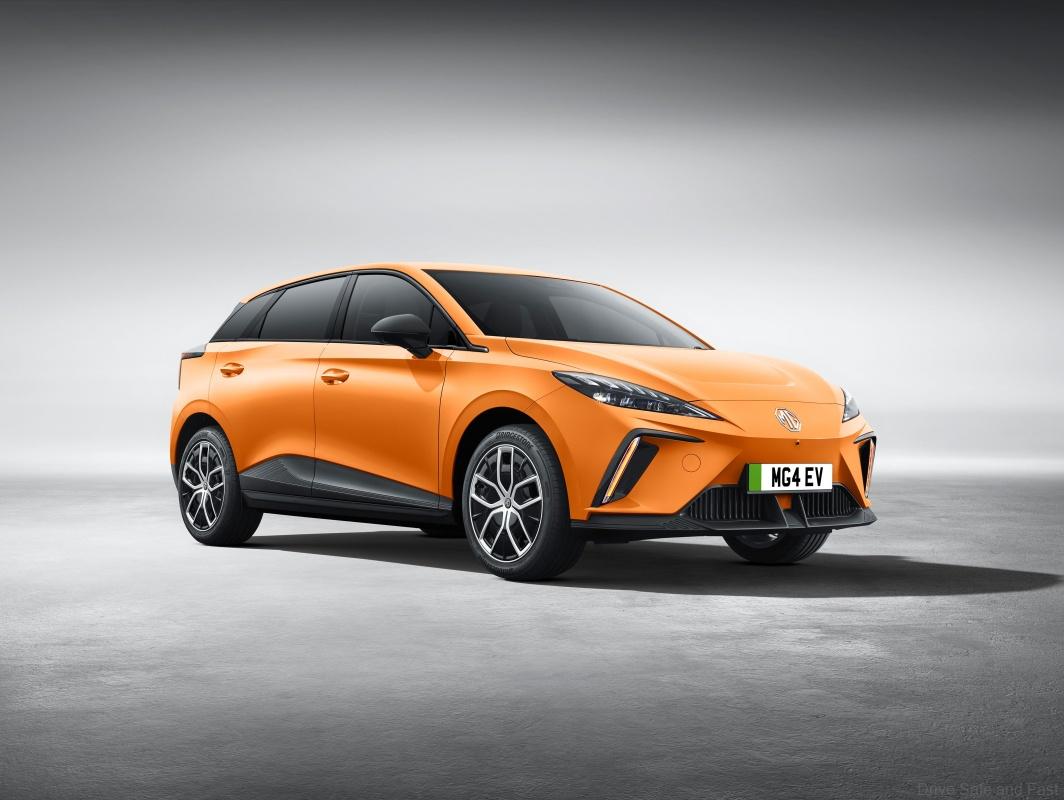The new MG A.P.E system could improve EV range by a substantial amount
To this day, one of the most commonly used reasons one has when asked why they refuse to switch to an electric vehicle (EV) is “range anxiety” and rightfully so. Most EVs never live up to their claimed range figures anyway and spirited driving only adds to this but now, MG Motor may have come up with a way to extend your EV range a bit.

MG Motor engineers in China have developed a new supplemental energy transfer system called the Auto Power Extender (A.P.E.), yes they are really calling it that. This system was primarily made to improve the range of the MG4. Despite the funny name, this system is honestly a truly useful feature all EV owners will appreciate, but how does it work?
Well, the A.P.E. system is designed to use a smartphone’s battery as a supplemental energy source, potentially extending the vehicle’s driving range by up to 80km. MG’s A.P.E. system also builds on existing technologies such as Vehicle-to-Load (V2L) and Car Power Inverter (CPI) principles.

Moreover, early testing of the A.P.E. system has shown promising results and the system has been able to successfully supplement the EV battery, providing additional driving range when needed but at the cost of one’s phone battery life. MG Motor has announced that the commercial release of the A.P.E. system will occur in the fourth quarter of 2025.
The company is yet to disclose how much this system will cost, but it is expected to be an affordable solution for MG4 owners looking to maximize their vehicle’s range. Hopefully other MG models will also benefit from this system soon. Who knows, maybe MG could sell this system to other EV brands too after that.

On top of that, with the ability to extend the MG4’s range by an additional 80km, now EV owners can always squeeze out just a bit more range when straits are dire. As MG Motor continues to refine and improve the system, the A.P.E. promises to be an essential accessory for MG4 owners looking to enhance their driving experience.

Set to launch in late 2025, the system has the potential to revolutionize how EV owners manage their driving range and help make electric cars even more accessible for everyday use. Plus, this system may just be the difference between being stranded just mere miles away from one’s destination and actually making it to a charger.

